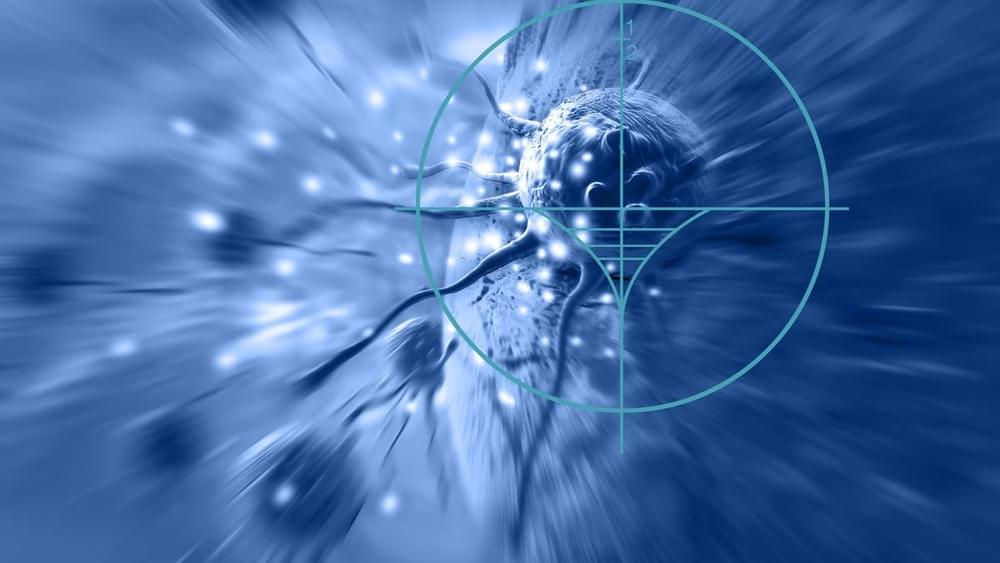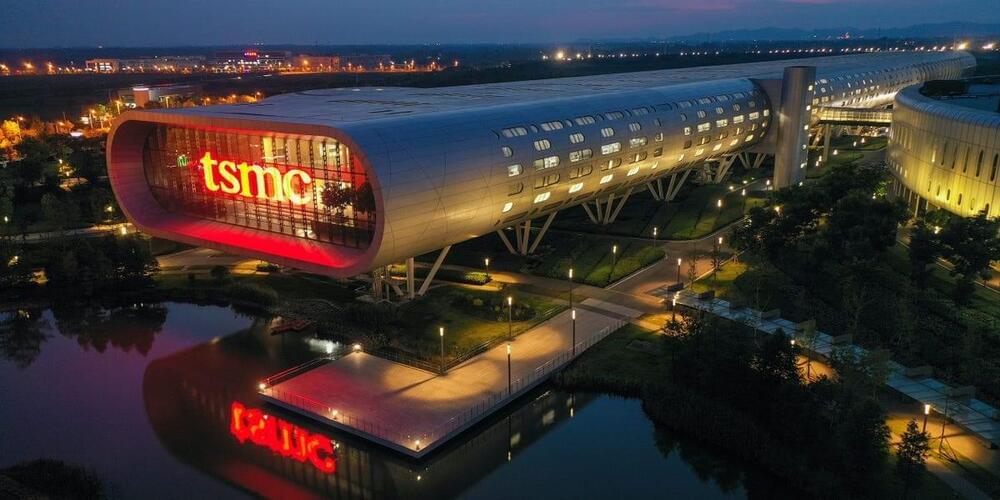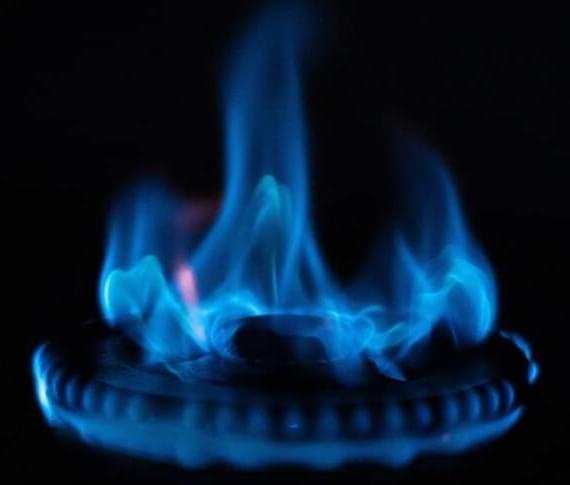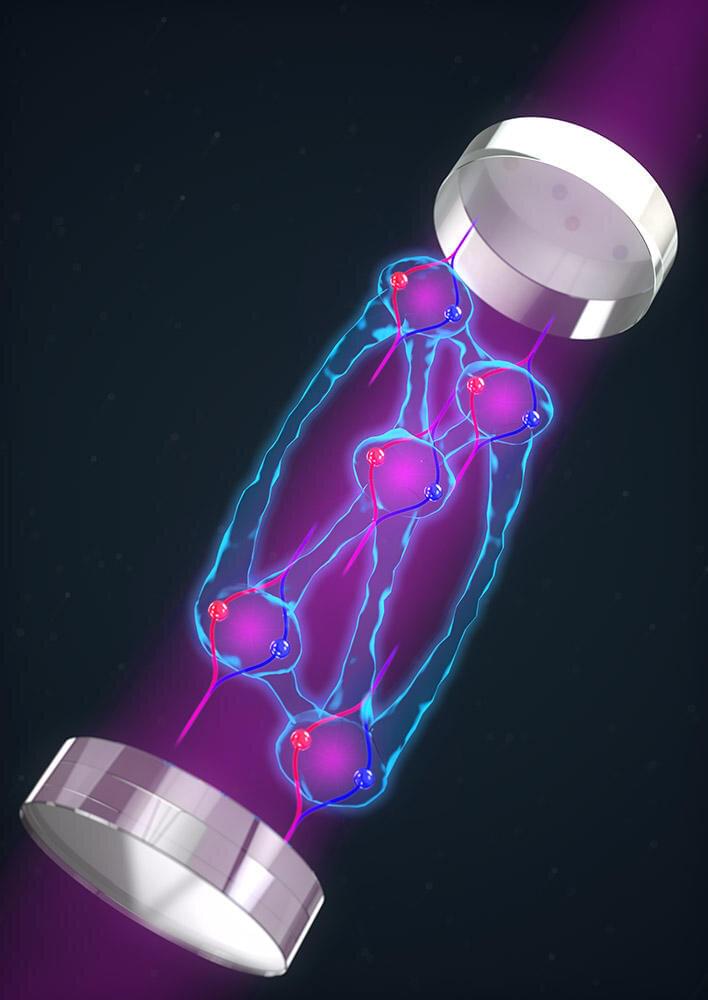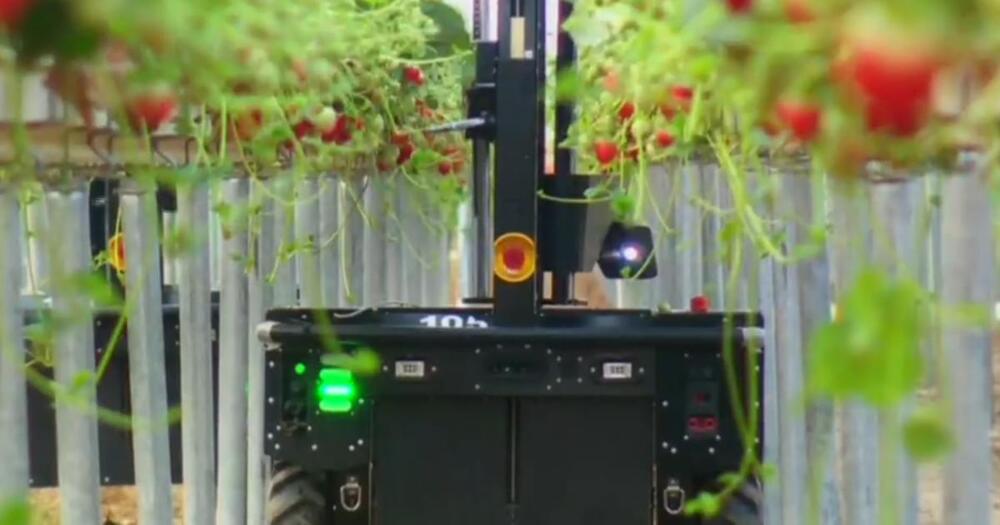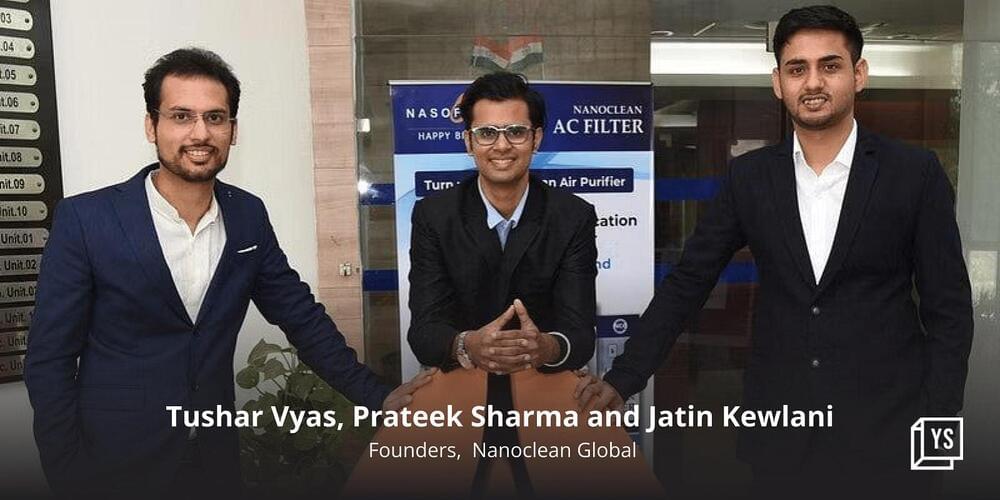Alzheimer’s disease (AD) is a debilitating progressive illness that begins with mild memory loss and slowly destroys cognitive function and memory. It currently has no cure and is predicted to affect over 100 million people worldwide by 2050. In the United States, AD is the leading cause of dementia in older adults and the 7th most common cause of death, according to the National Institute on Aging.
Ongoing Alzheimer’s research is focused on two key neurotoxic proteins: amyloid beta (Aβ) and tau. Although these proteins have been shown to be associated with AD, the levels of Aβ and tau do not consistently explain or correlate with the severity of cognitive decline for some people with the disease.
Investigators at Brigham and Women’s Hospital, a founding member of the Mass General Brigham healthcare system, set out to identify other proteins that may be directly involved with fundamental aspects of AD, like synaptic loss and neurodegeneration. They exposed laboratory neurons to human brain extracts from about 40 people who either had AD, were protected from AD despite having high Aβ and tau levels, or were protected from AD with little or no Aβ and tau in their brains.


